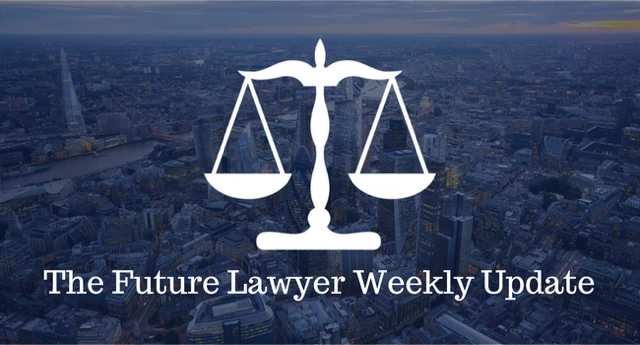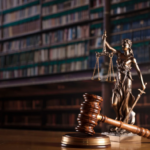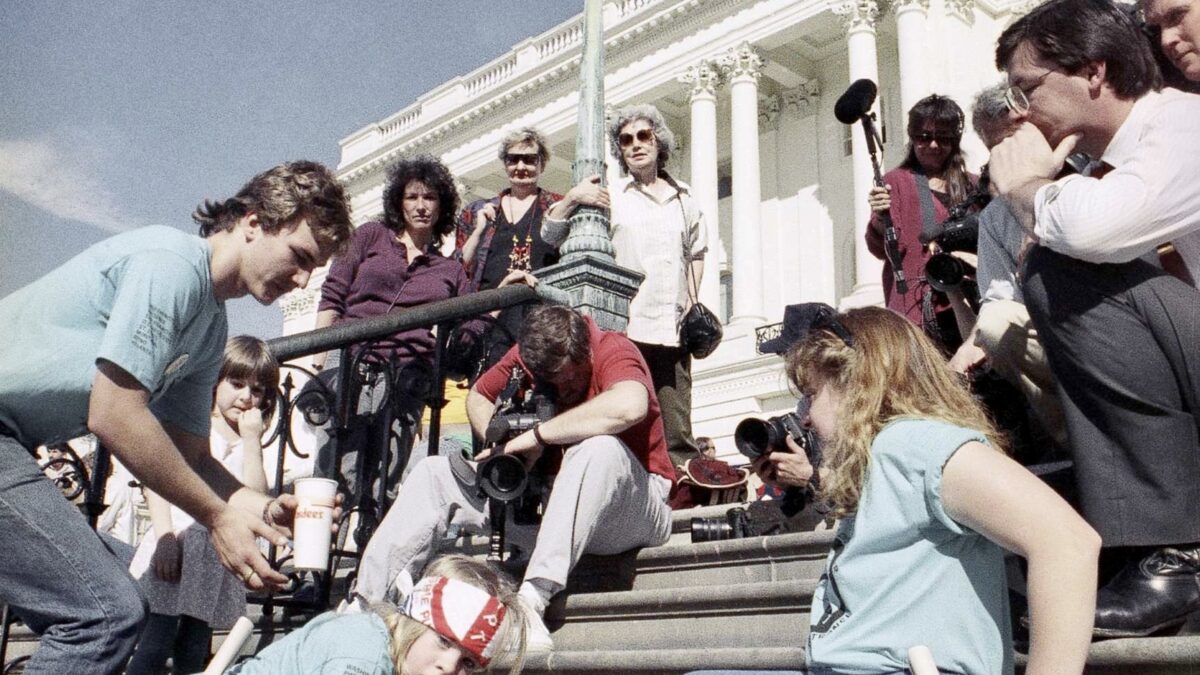
The Future Lawyer Weekly Briefing – W/C 26th August 2024
August 23, 2024
Socio-Economic Mobility in the Legal Sector
August 25, 2024By Freya Fredriksson.
Reading time: three minutes
The Equality Act 2010 protects those with disabilities in the UK, but how do other nations safeguard these rights?
Americans with Disabilities Act (ADA) 1990
During my participation in LOFT, a leadership programme for deaf students in Washington, DC, I gained invaluable insight into how the law promotes a fairer society. We had the privilege to meet and learn from Dr. I. King Jordan, who was the first deaf president of Gallaudet University for students with hearing loss. He introduced us to the Americans with Disabilities Act (ADA) 1990, a landmark law that states that disability rights are civil rights. As we celebrated the 34th Anniversary of the ADA, we reflected on its far-reaching impact, from protecting against discrimination in voting to ensuring accessible parking.
The Capital Crawl: a turning point
The ADA’s passage was not easy. As the landmark bill was stalled by Congress, this meant disability activists took matters into their own hands to ensure the protection of those with visible and invisible disabilities. The Capital Crawl, a pivotal protest in1990, highlighted the clear barriers that inaccessible buildings created for those with disabilities. Around 1000 demonstrators marched from the White House to the U.S. Capitol, in an attempt to urge Congress to pass the ADA. Since wheelchair users couldn’t access the Capitol steps, they did something remarkable – they crawled up them.
The youngest person that climbed the steps was an eight-year-old named Jennifer Keelan-Chaffins, whose determination to make a change inspired the world. This was a physical demonstration of the need to pass the ADA, and this is what galvanised President George H.W. Bush into action, and he signed the ADA into the law on July 26th 1990. This milestone gave an estimated 43 million people with disabilities in the United States more equality than ever before.
The ongoing challenge
Dr. I. King Jordan explained that when the ADA was signed, it “removed barriers that those with disabilities faced, except for the biggest barrier which is negative attitudes” This thought-provoking statement prompted me to realise that the law has done what it can and legislation has been utilised to its fullest to ensure equality. This means that what remains is our societal attitudes towards disabled people.
Conversely, Patrisha Wright, an American disability rights activist, pointed out that whilst attitudes can’t be legalised, the ‘attitudinal barriers will drop [as] the more disabled people are employed [and] the more they can be seen on the street’.
Moving forward: the importance of awareness
To continue progressing towards the realisation of complete equality, I believe that gaining awareness is essential. One easy way to do this is by diversifying your social feed by following content creators that aim to raise awareness about disabilities.
Here a few to follow:
- @Crutches_And_Spice = disability rights and inclusion activist and speaker.
- @aaron_philip = first Black, transgender and physically disabled model to be represented by a modelling agency.
- @kylie.hearing.loss = 17-year old, cochlear implant and hearing aid user.
- @HabenGirma = deafblind women who studied Harvard Law and is now a Disability Rights Lawyer. Read my book review on Haben’s memoir: The Deafblind Woman who Conquered Harvard Law
- @mollyburkeofficial = a blind author with a guide dog.
- @jodieounsley = first deaf female rugby player.
- @powerfullyisa = a 17-year-old disabled disability rights activist in NYC.
- @chloeshayden = autistic and ADHD actress and author.
Want to learn about the Equality Act in the UK? Read more in my other article: Legal Inclusivity for the D/deaf community





